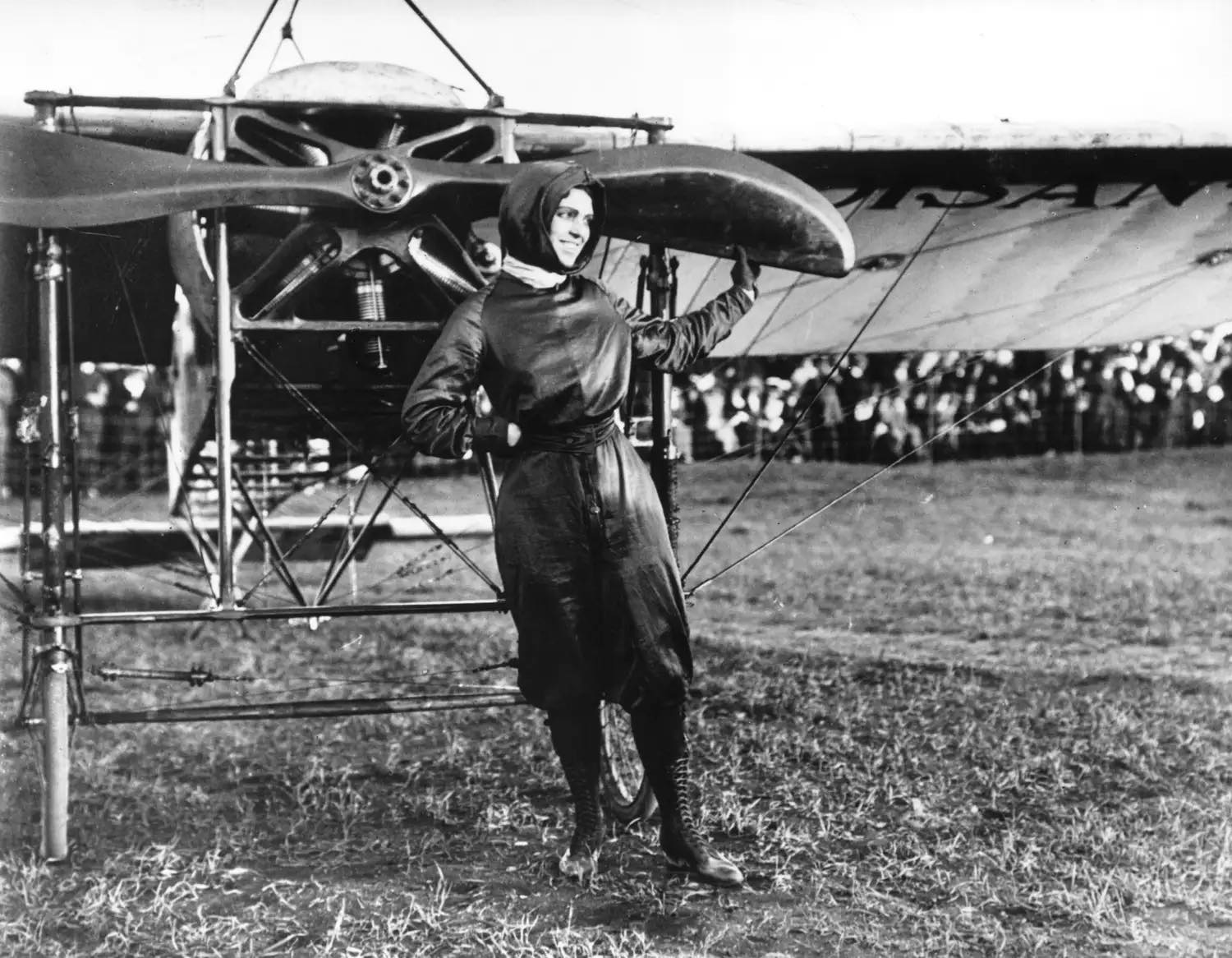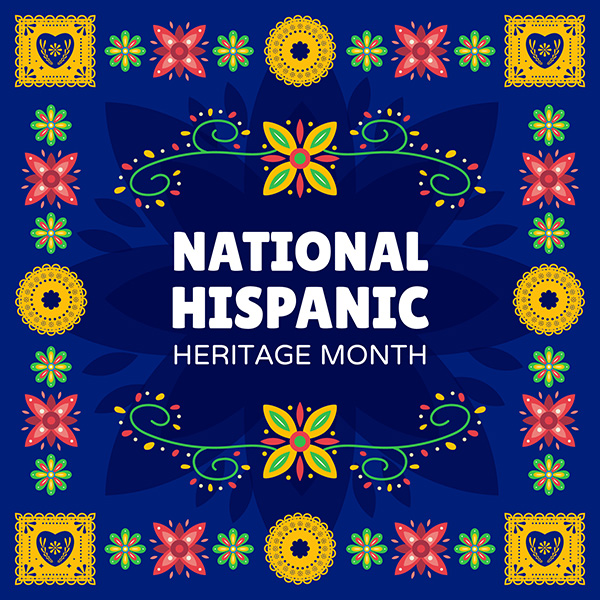By Misty Barron
Harriet Quimby was an American aviator and the first woman to receive a pilot’s license in the U.S.
Born on May 11, 1875, in Arcadia, Mich., Quimby was a journalist before she became interested in aviation. She started her career as a writer for the San Francisco Bulletin in the late 19th century and later worked for the New York Evening Journal.
Quimby’s interest in aviation was sparked when she attended an air show in Belmont Park, New York, in 1910. She was fascinated by the planes and the daring pilots who flew them. She decided to become a pilot herself and took flying lessons from John Moisant, a well-known aviator of the time. In August of 1911, she became the first woman in the U.S. to earn a pilot’s license from the Aero Club of America.
Quimby’s aviation career was short but eventful. She quickly became a celebrity, known for her daring stunts and her fashionable flying attire. She wore a purple satin flying suit and a matching hat, which became her trademark. In April 1912, she became the first woman to fly across the English Channel, a feat that had previously been accomplished only by men.
Tragically, Quimby’s life was cut short when she died in a plane crash on July 1, 1912. She was piloting a new airplane at an airshow in Massachusetts when the aircraft unexpectedly pitched forward, throwing Quimby and her passenger out of the plane.
Despite her short career, Quimby is remembered as a pioneer in aviation and an inspiration to women around the world. She showed that women could not only fly planes but could do so with style and grace. Quimby paved the way for other women to pursue careers in aviation and helped to break down gender barriers in a male-dominated field.
In recognition of her achievements, Quimby was inducted into the National Aviation Hall of Fame in 2003, over 90 years after her death. Her legacy continues to inspire women in aviation and other fields to break through barriers and achieve their dreams.


